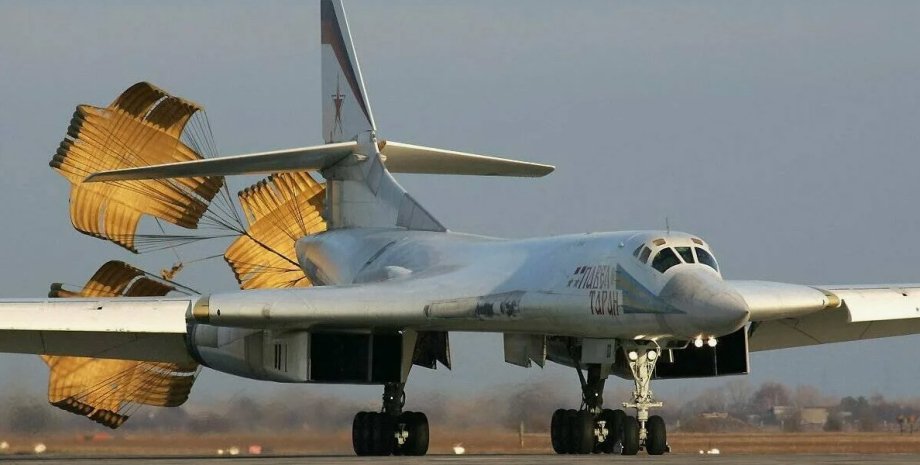
 By Eliza Popova
By Eliza Popova
However, according to Bulgarian Military Viewers, some experts are skeptical of the stated improvements. Russian sources claim that Tu-160m2 of the new construction "has become the world's first strategic bomber-trainer, which can affect the air goals in the posterior hemisphere.
" In addition to the installation of the tail radar to detect air threats from the rear, the aircraft is allegedly equipped with a new class of air-air missiles, capable of striking targets in both direct and reverse directions. And although the missiles are not known exactly, experts have suggested that Tu-160m2 will launch rockets in the course of traffic, that is, forward, after which the ammunition should be navigated in flight and eliminate the threat.
This decision is caused by the fact that bombers of this class are almost impossible to perform a maneuver to take an attack, since it will take a lot of time and fuel, which will in its turn threaten the main combat task. Therefore, as a rule, heavy bombers are accompanied by fighters. Thus, the technology of protection of the rear hemisphere could solve the problem of expensive maneuvers and go beyond the traditional defense parameters unaccompanied.
Meanwhile, not all experts have a positive assessment of such improvements. Skeptics doubt the effectiveness of technology that allows rockets to turn 180 degrees in flight. Although historical precedents, such as the development of the K-13A rocket in the 1960s, show that similar technologies existed earlier, their effectiveness in real combat conditions remains questionable.
Some experts also express fears that such technically complex systems can be vulnerable to modern radio electronic counteraction, which are actively developing in Western countries. At the same time, Russian designers could equip the bomber of R-74M missiles, which have high maneuverability and range of lesions-up to 40 km. These missiles are able to intercept targets at speeds of up to 2,500 km/h, which makes them extremely effective against high -dominated air threats.
Thanks to modern motors with a thrust vector, P-74M are able to work effectively against the aerial threats in the front and in the posterior hemisphere, which would significantly increase the defense capability of the bomber. "However, the specifics of new weapons and its practical efficiency in combat scenarios remain.










All rights reserved IN-Ukraine.info - 2022